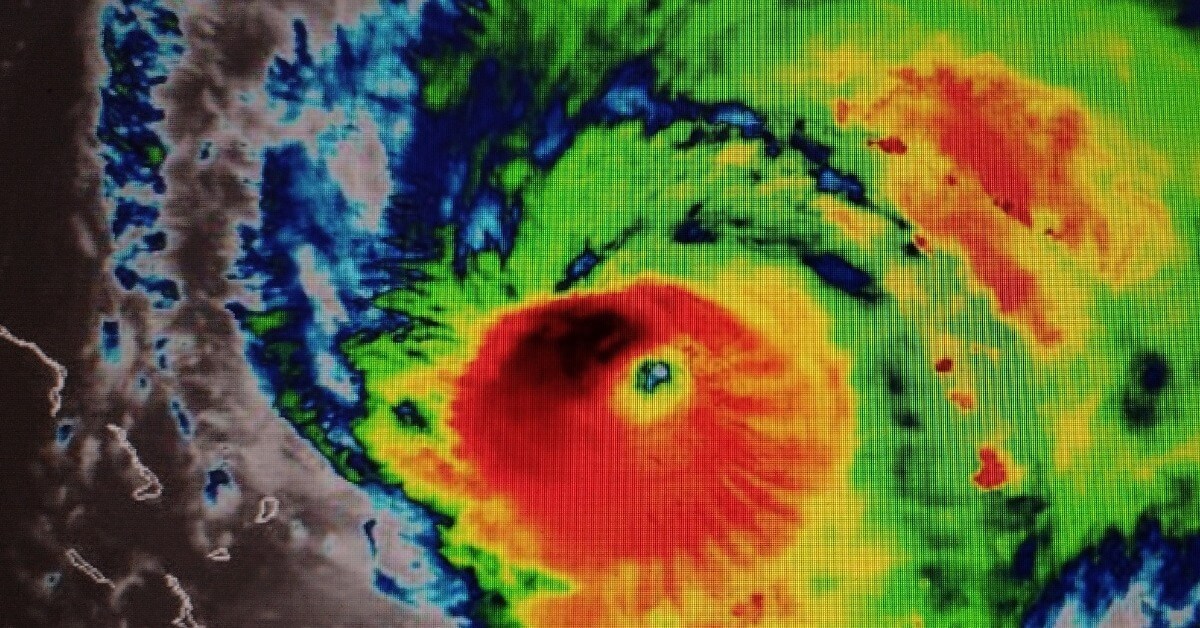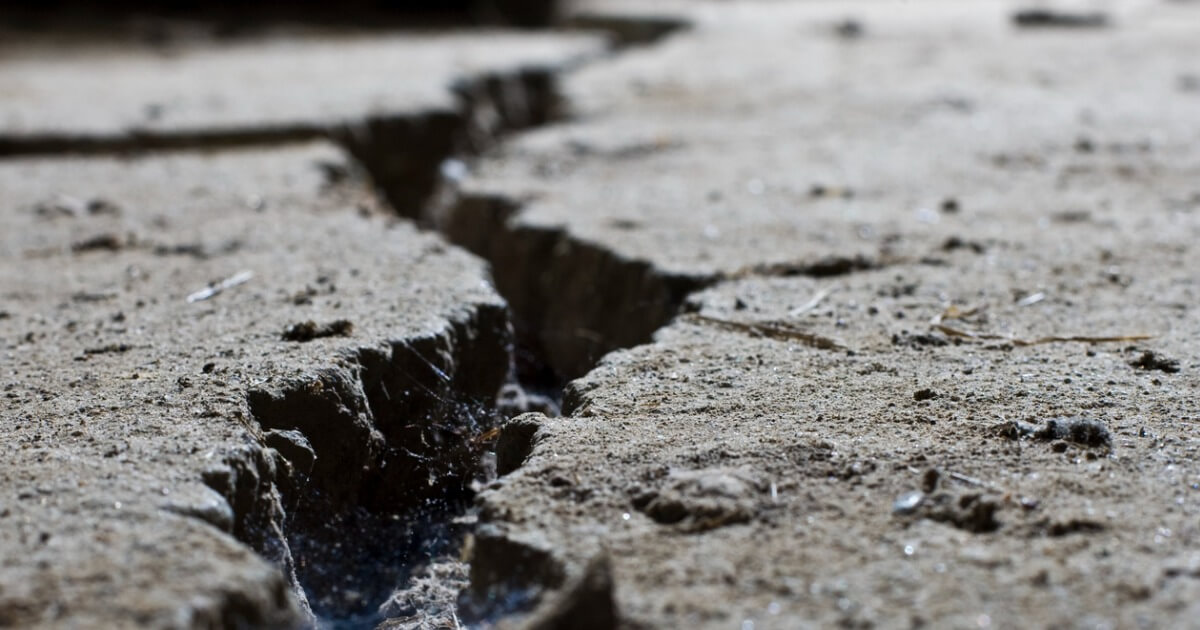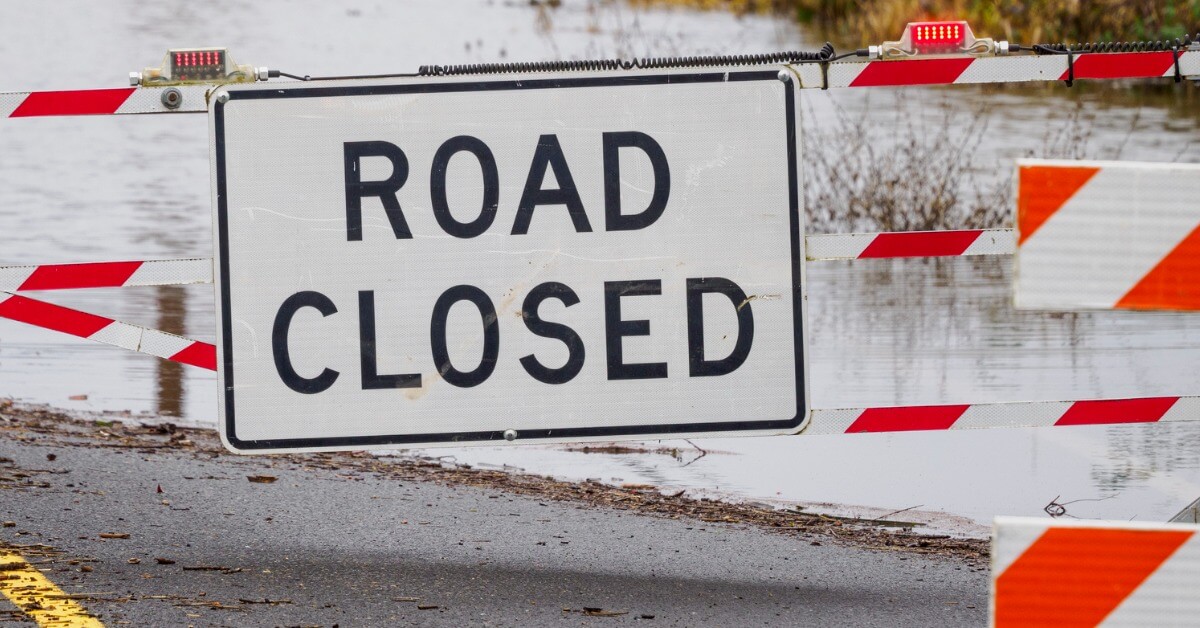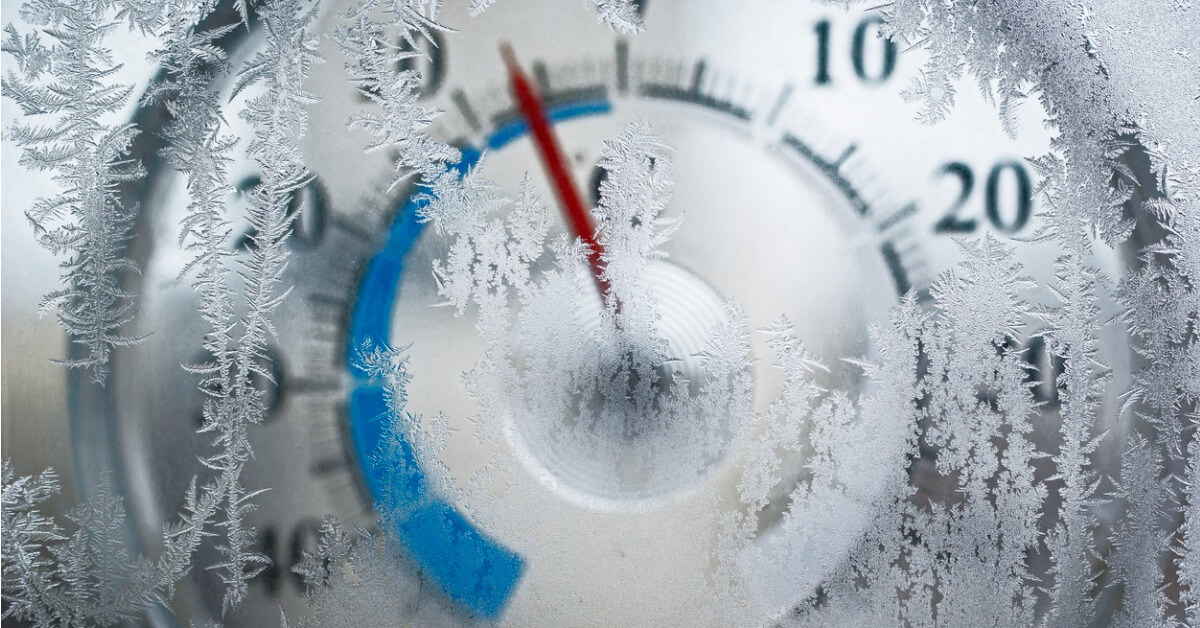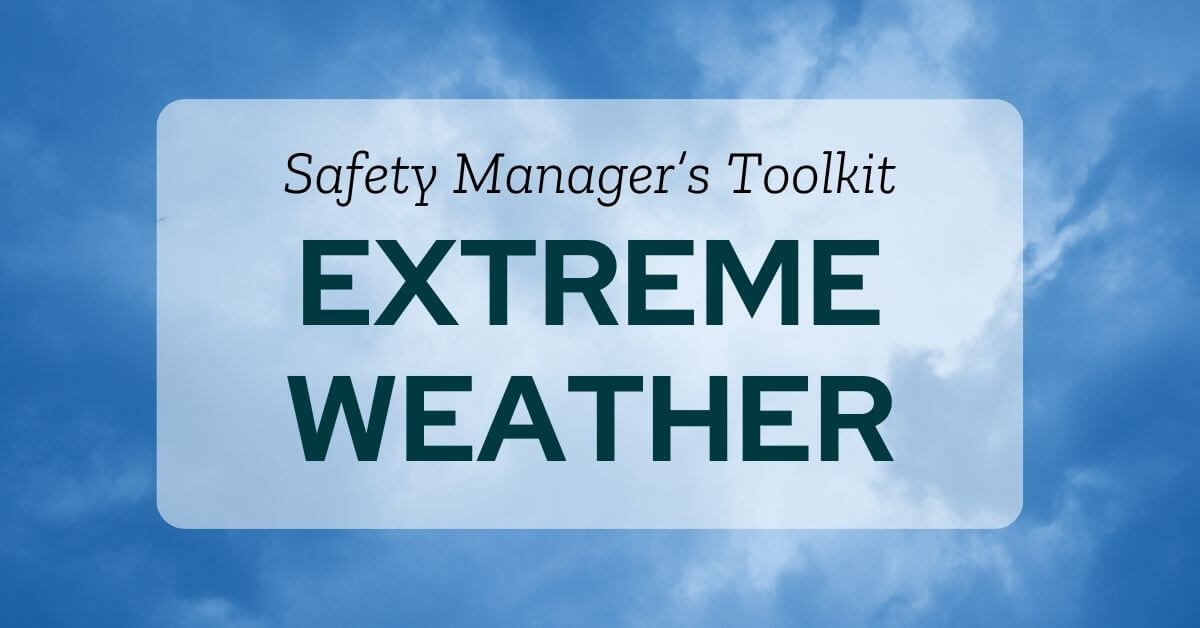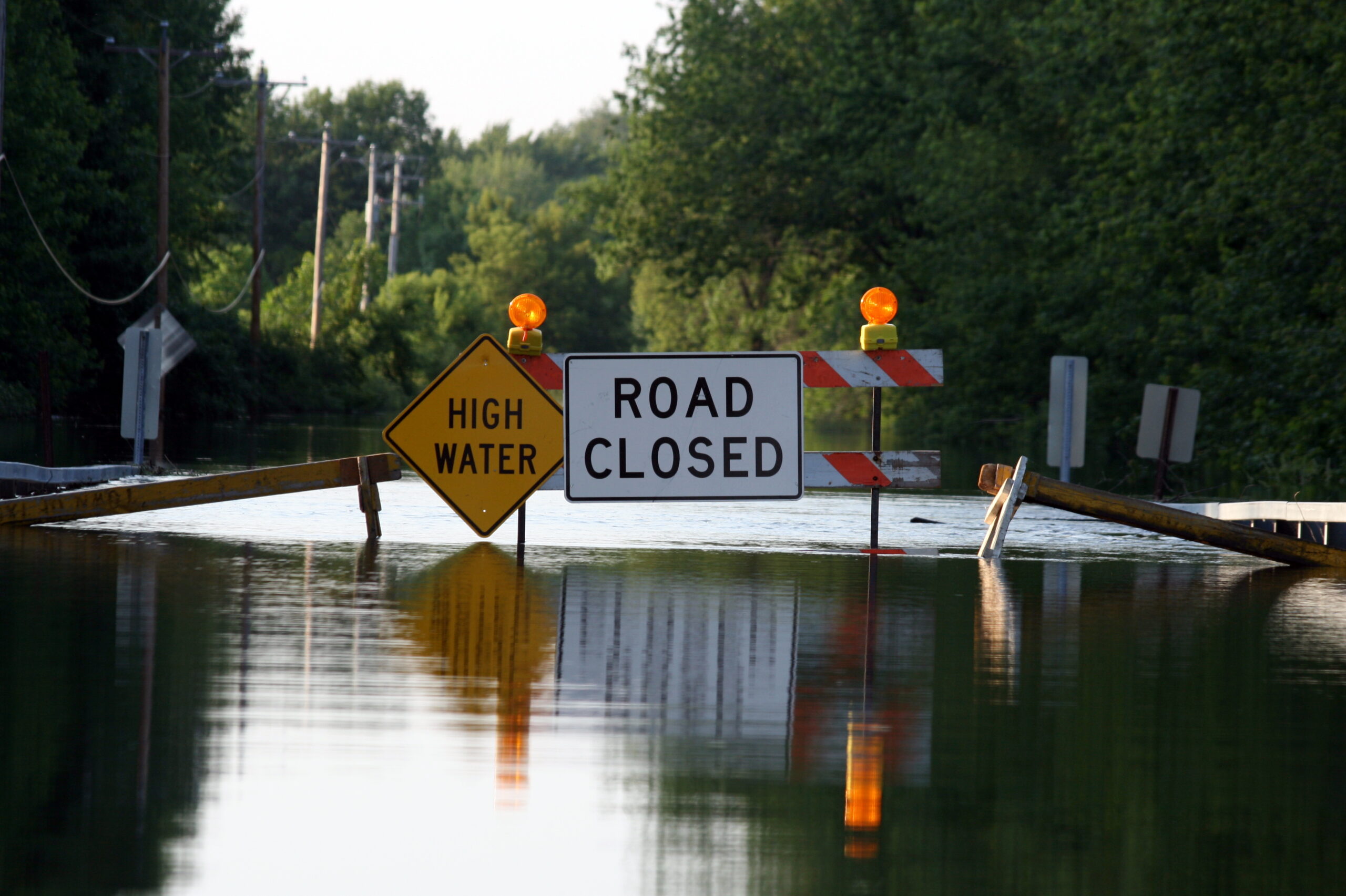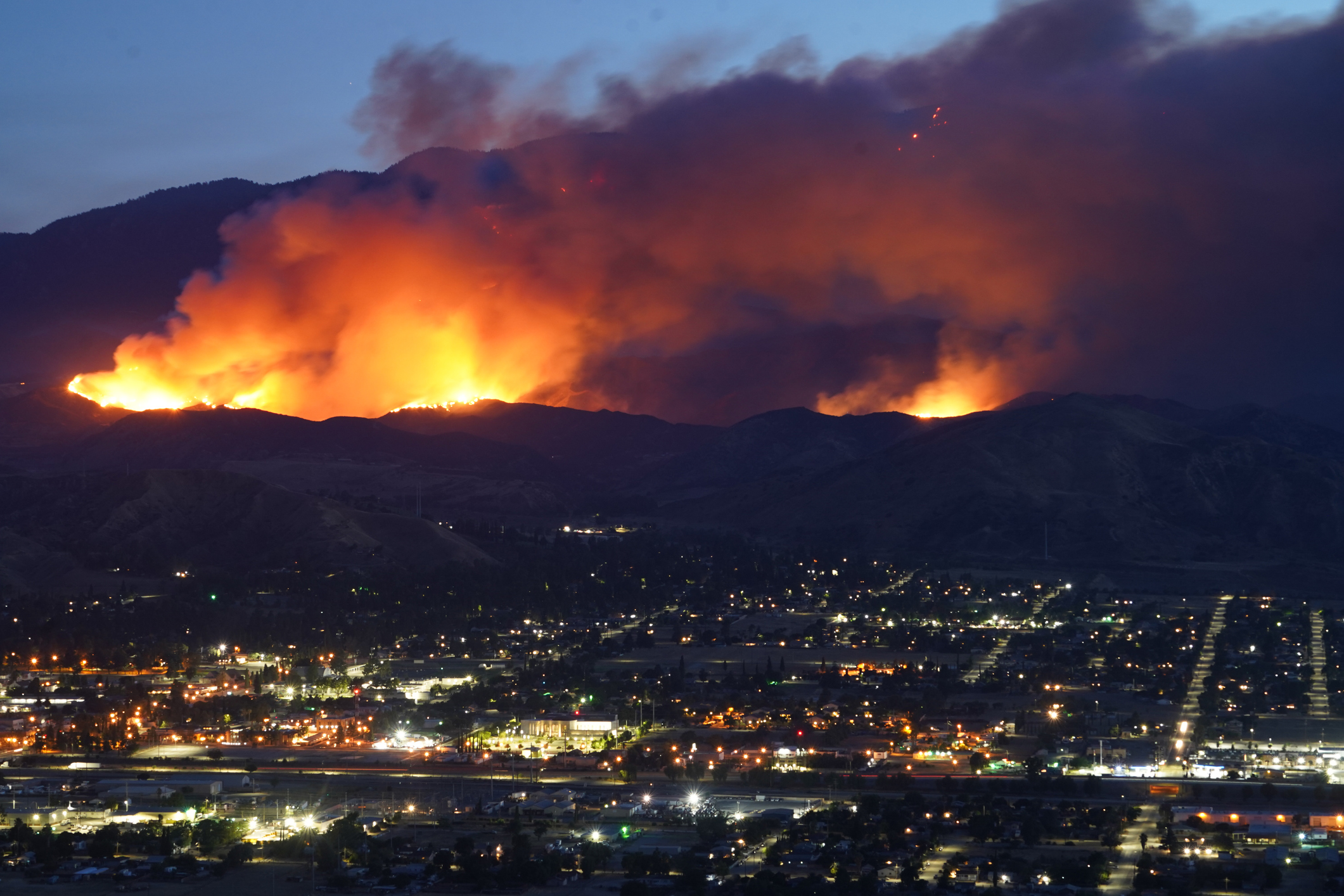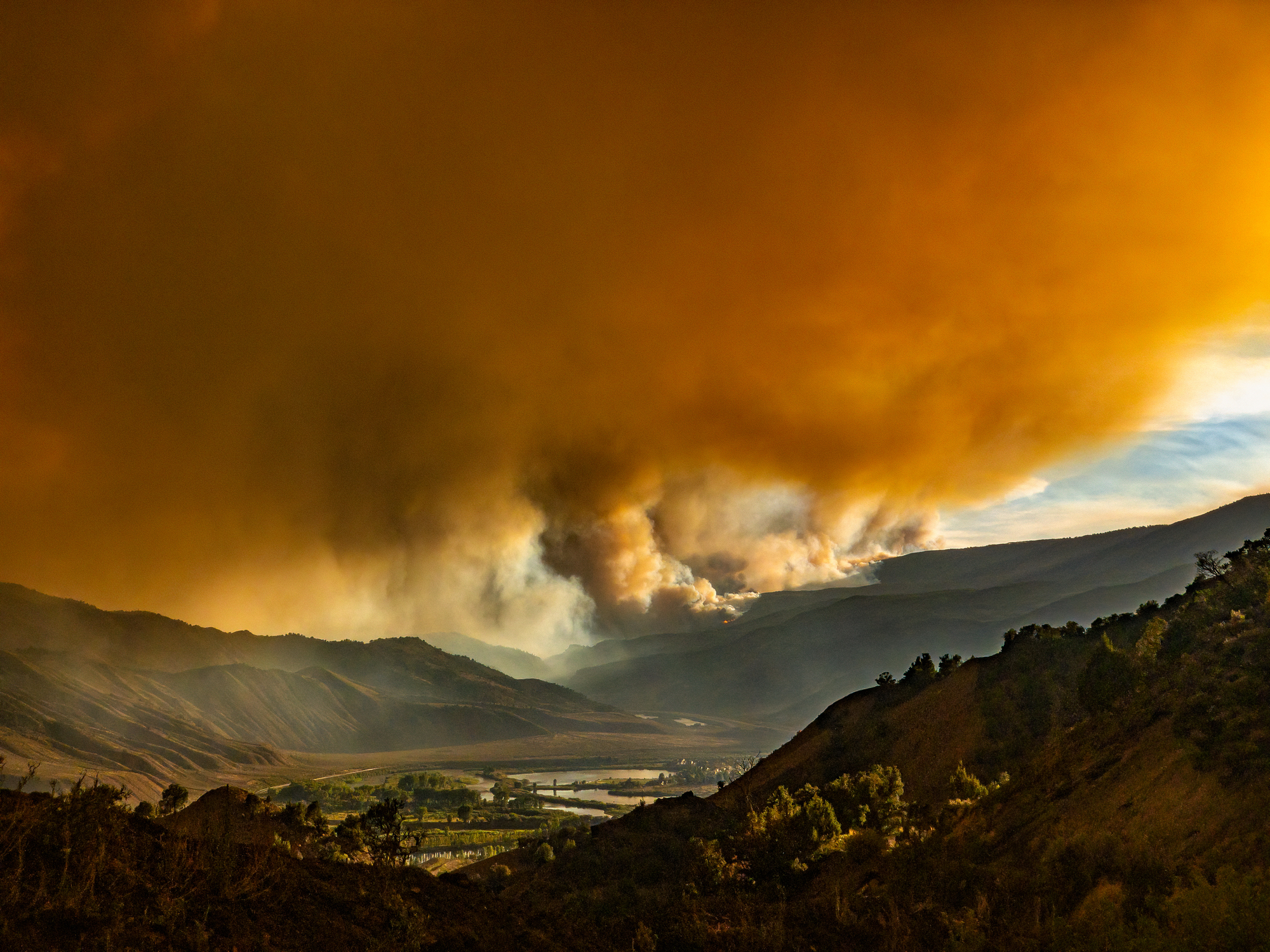A Safety Manager’s Guide for Winter Weather Prep
Extreme weather events are becoming increasingly common across the globe, causing widespread damage and disrupting daily life. I’m writing this while thawing out from our latest ice storm, which knocked out power to thousands of people. While I personally made it through unscathed, it reminds me to remind you to ensure you’ve got your winter weather preparation plans in place.
So how do we prepare for winter storms, and weatherproof your facility? There are three keys to reducing the impact of winter weather events on your workforce. Let’s follow the three Ps we use for all extreme weather preparation:
Let’s dive into these three Ps
The First P
PLAN for Winter Weather
You need to have a plan in place.
This plan should outline how to prepare for and respond to winter weather events, including identifying potential threats, setting up communication systems, and developing an emergency action plan.
How do we plan for these events?
Knowledge of your geographic area and potential weather threats is a great way to start. Be weather-ready by checking the local radar regularly to see if there are threats in your area. Know your community communications and set up Emergency Alert System notifications on your cell phone, and/or purchase a NOAA weather radio.
Due to advancements in technology, weather forecasts tend to predict winter weather and frigid temperature days in advance. So it’s crucial to stay informed of local weather stations and take winter weather advisories seriously.
- Stay informed with local weather stations and take winter advisories seriously
- Power failure and fire hazards are known threats of severe winter weather
- Frost bite, hypothermia, and slip/fall incidents are potential health exposures from frigid temps
The Second P
PREPARE for Winter Weather
Why should we prepare for winter weather?
Besides the economic impact of potential widespread property damage, the most important reason to prepare for extreme weather is to protect community members.
In 2022, there were 15,122 winter weather events in the US. The NSC has a great deep dive into local winter weather details – I’d recommend searching for your location to narrow down what you should be preparing for.
Is winter weather covered in your facility’s emergency action plan?
An emergency action plan facilitates and organizes employer and employee actions prior to, during, and after workplace emergencies.
- Develop your emergency action plan for potential weather threats that could impact your facility, focusing on actions designed to eliminate employee injury and reduce structural damage.
- Your plan should include appropriate employee training (documented at least annually), to ensure employees understand their responsibility outlined within the plan.
- The emergency action plan should be readily available to all employees and reviewed annually.
- Weather-proof your facility:
- insulate water lines
- check weather strip on doors and windows
- verify adequate insulation
- cut away trees or branches that have the potential to fall
- have chimneys, flues, heaters, burners inspected and maintained
- Check all smoke detectors, fire alarms, and carbon monoxide monitors for proper function
- Ensure adequate ice melt is available and spread on outside walkways and evacuation routes
- Gather emergency supplies: Food/water supply, first aid kit, clothing to stay warm, candles, flashlight, batteries, fire extinguisher
- Get your vehicle ready: Antifreeze, tires, heater, wiper blades, washer fluid, fuel, emergency flashers, first aid kit
- Using Portable Generators: Follow OEM instructions for use, maintenance, ventilation, and fueling
The Third P
PRACTICE Responding to Winter Weather
Who is in charge?
Employees need to know who the emergency coordinator is and understand that this person has the authority to make decisions during emergency events.
The coordinator is responsible for assessing the situation to determine whether an emergency exists and requires
- activating emergency procedures,
- overseeing emergency procedures,
- notifying and coordinating with outside emergency services, and
- directing shutdown of utilities or plant operations if necessary.
When should we practice our winter weather drills?
Your emergency action plan should have requirements for practice drills. Most plans require documented practice drills annually, or more frequently based on changes to the plan or if there is a change to the facility structure.
These practice drills provide great benefits, as they
- help to ensure employees are aware of the procedures,
- confirm the applicability and validity of the plan, and
- help illustrate deficiencies in the plan.
- Check supplies often and ensure you have an adequate amount
- Communicate with employees the protocols for winter weather and their ability to arrive at work safely
Winter weather events can be challenging, but we can tackle them head-on with a solid emergency action plan.
By staying informed and taking proactive steps, you can minimize damage and ensure the safety of our workforce and infrastructure.
Whether it’s by regularly checking the local radar, setting up emergency alerts, or running weather drills, there are plenty of ways to prepare for winter weather events.
Subscribe to the blog to get best practices for responding to extreme weather events. We’ll be posting a new article monthly.
With a little preparation, we can face any weather challenge with confidence.
Read the Latest Extreme Weather Articles
Subscribe to the Blog:
Get Best Practices in Your Inbox
Get tips, tools, and articles sent to your inbox weekly.

